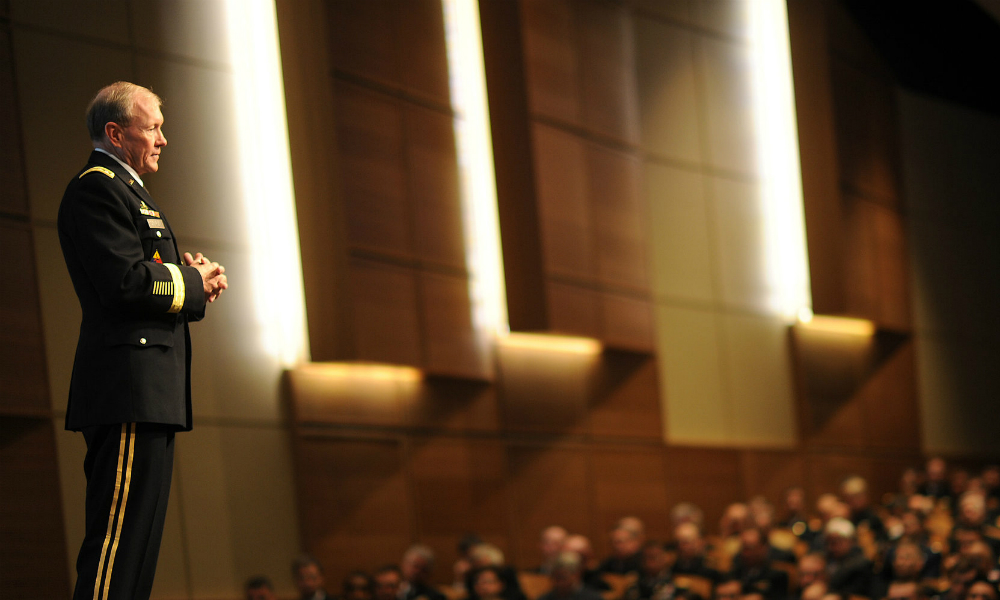The military and the academy need each other, at least when it comes to enhancing our understanding of war. While programs such as the Minerva Initiative provide critical funding for research in the academy, the 2014 dissolution of the Human Terrain System – a program which embedded anthropologists, sociologists, and other scholars with US military units – reveals the ongoing need to foster more meaningful collaboration between the military and academia.
Critically, the relationship offers mutual benefits for both groups. On one hand, the Department of Defense has the opportunity to tap into a vast pool of intellectual and methodological talent at little cost. Likewise, social scientists – whether they are empiricists or theorists – can receive approved data to fuel studies which may provide invaluable insights into the workings of conflict. Additionally, closer collaboration can increase researchers’ understanding of how the military operates and hence aid the development of useful and relevant research questions. Furthermore, DoD can deepen its understanding of population-centric conflict and improve the effectiveness of its overseas stability operations through a stronger partnership with the social science research community.
Read the full article here.
Photo image: Then Chairman of the Joint Chiefs of Staff Army Gen. Martin E. Dempsey addresses students and faculty at the US Naval War College, April 12, 2012. U.S. Department of Defense.

